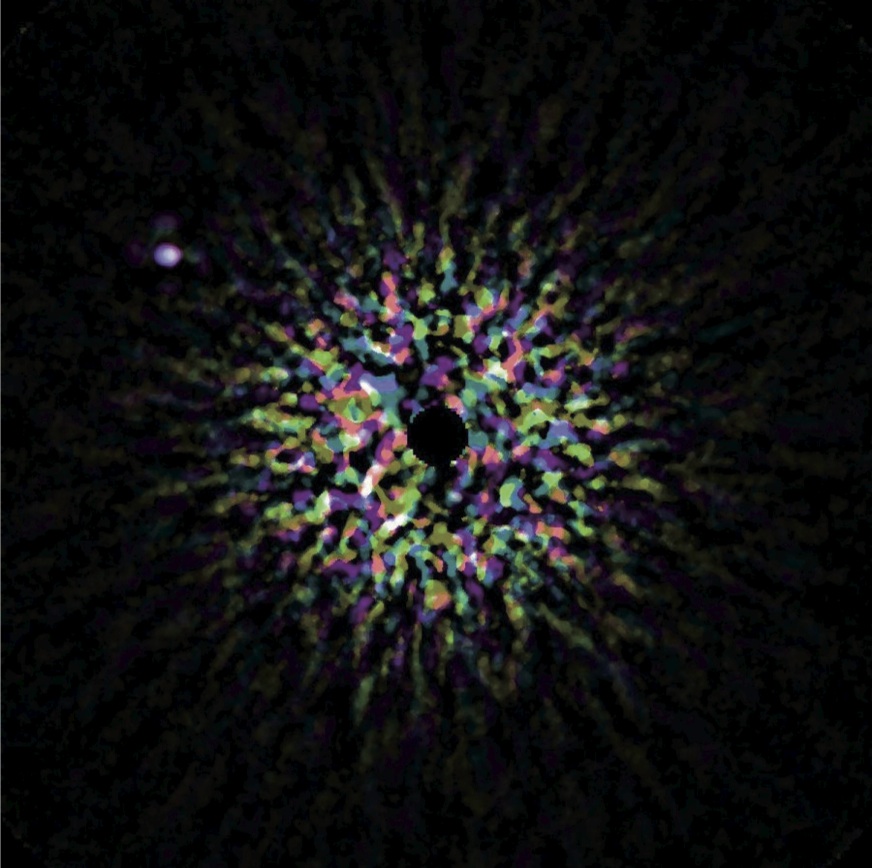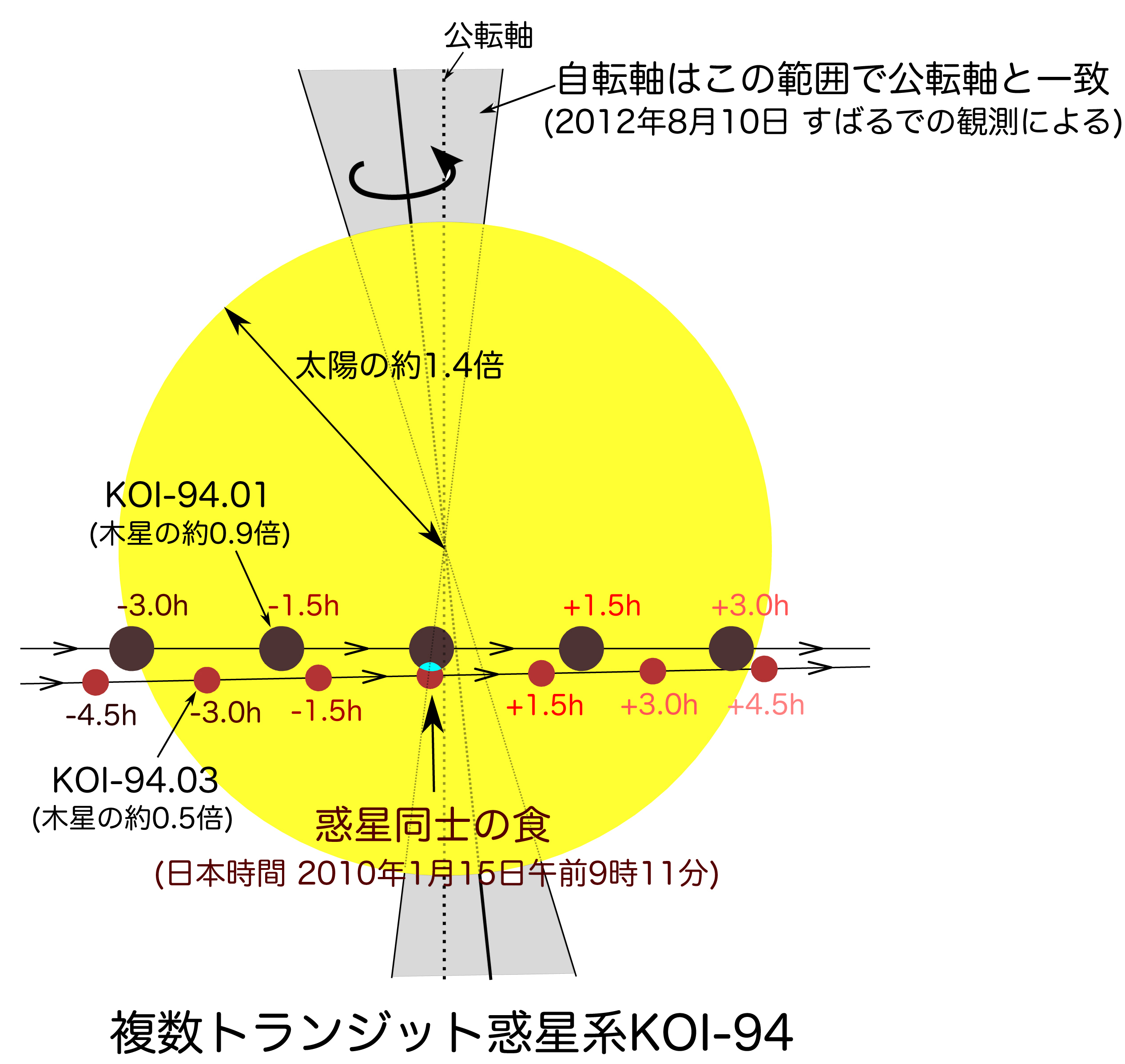While only about 20 years have passed since the first discovery of extrasolar planets or exoplanets, their research is already established as one of the major topics in astronomy and planetary science. Nature and properties of exoplanets discovered so far are so diverse, indicating that there are many "new worlds" quite different from ours. The time is ripe to revisit our understanding of the planet formation as well as star formation and to construct the unified theory. Our project promotes exoplanet research in a variety of aspects, including instrumentations, observations, and theories.
In particular, search for and characterization of exoplanets lie in the central position in our entire project; the direct imaging observations with the Subaru Telescope coronagraph HiCIAO and the adaptive optics systems AO188/SCExAO, as well as the indirect observations fully exploiting Japanese and foreign mid-to-small telescopes (transit method, radial velocity method, polarimetry method, and so on). Also important are the direct and indirect observations of protoplanetary and debris disks that are the major sites of currently forming planets. Also under development or consideration with collaborations with NAOJ (national Astronomical Observatory of Japan) and other universities are the next generation planet finders (high precision infrared spectrometer and integral field spectrometer) and planet imagers for the next generation telescopes. Based on these new data and theoretical studies, we aim at constructing a new planet formation and evolution model beyond the current paradigm.






